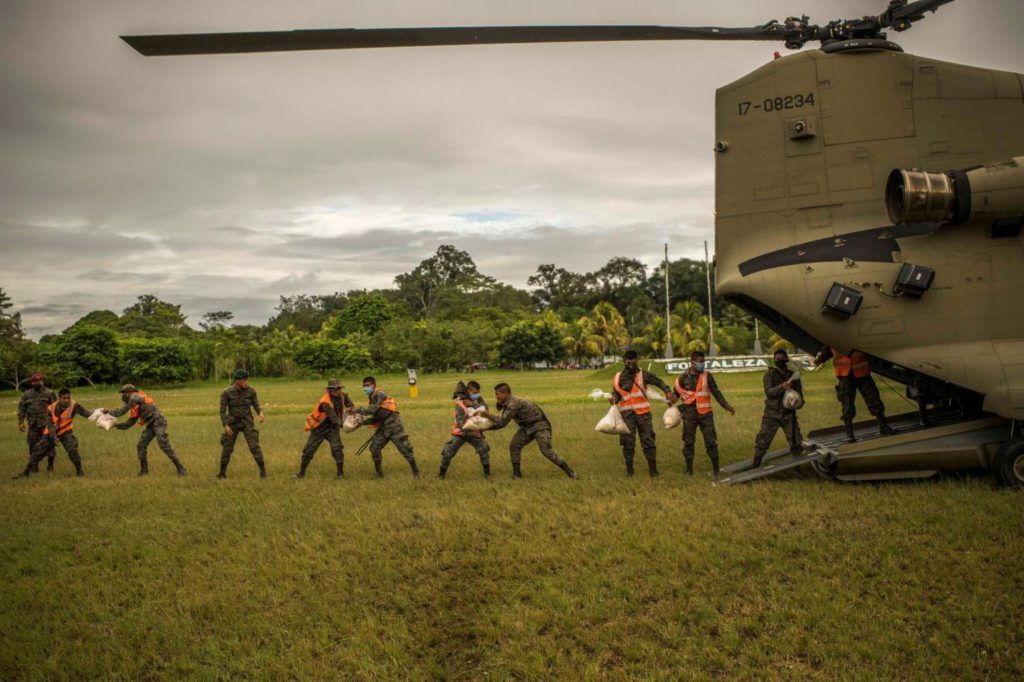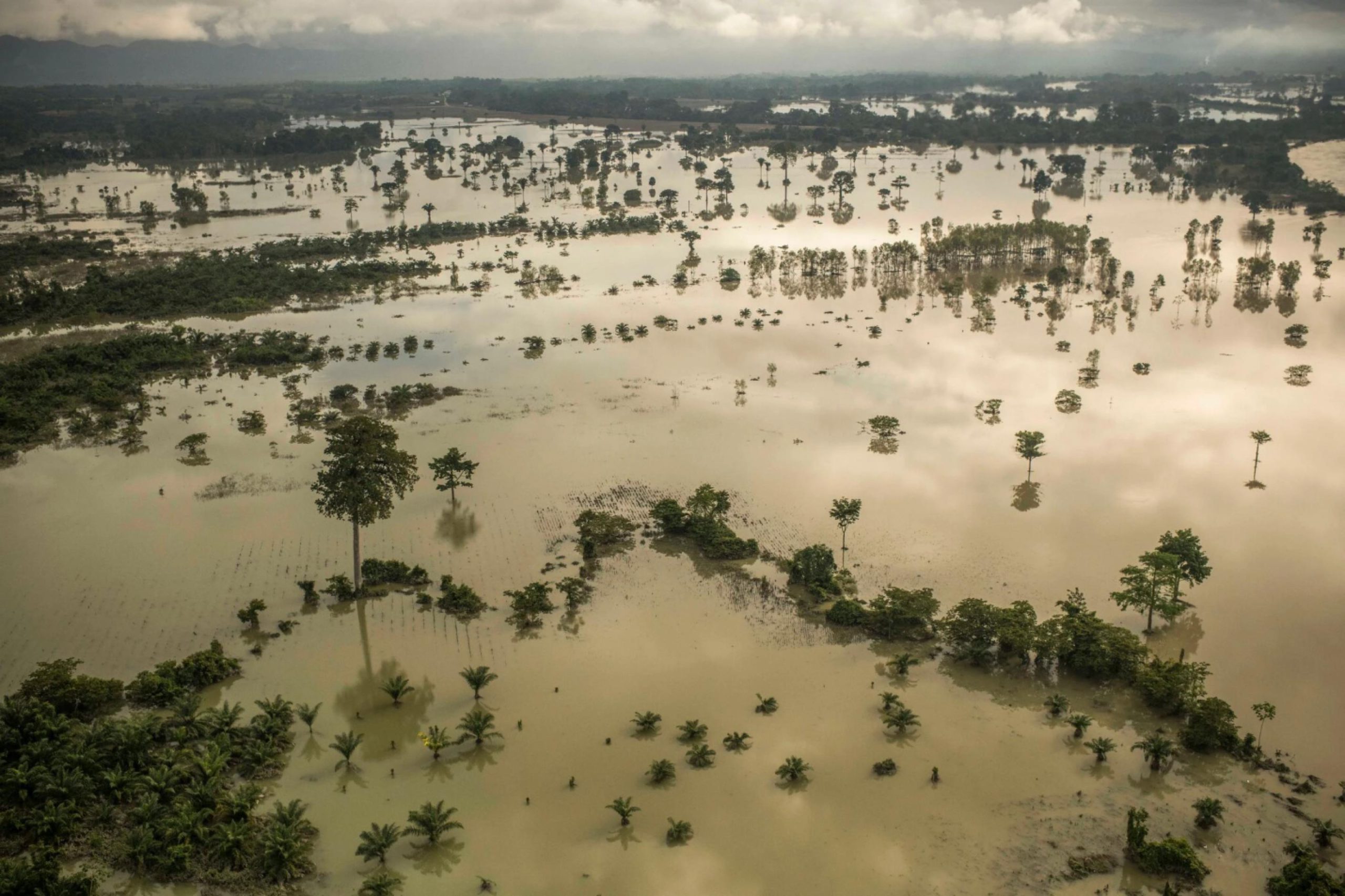The New York Times recently pointed out that hundreds of thousands of people are still crowded in shelters in some countries and regions of Central America due to the impact of the hurricane, and the risk of the spread of the novel coronavirus is extremely high.
“We are facing a serious health crisis,” said Sofia Letona, head of the aid group’s Antigua Rescue Team. “Not only because of the hurricanes, but because people are not having any protection against COVID-19 in shelters. “
In November, successive strong hurricanes Etta and Yota brought great disasters to some countries and regions in Central America. Record storms, along with the ensuing flooding of rivers and landslides, destroyed tens of thousands of houses and swallowed up large areas of farmland and infrastructure.
Now weeks have passed since the hurricane, but the disaster continues to threaten the survival of the local people. According to the New York Times, the hurricane affected at least 5 million people, of whom 1.5 million were children and hundreds of thousands were displaced. Nicaragua, Honduras, Guatemala and other countries were the most affected countries.
“This year’s severe Atlantic hurricane season is a record-breaking in any sense,” said Claire Nulis, spokesman for the World Meteorological Organization. “The strongest hurricane, Yota, is already the 30th hurricane named this year.”
The village was destroyed instantly and the home was turned into ruins.
Souk, 35, was having lunch with his family as the hurricane struck the small village of Queja in Guatemala when the loud noise shook the house. The sound was like a bomb explosion,” Souk immediately ran out, and the scene before him was like a crack, and the whole village was destroyed in an instant. “The house suddenly moved in front of me and quickly collapsed, and many people were trapped in it.”
Like Souk, some villagers ran out of the house when they heard the loud noise. People ran through knee-high mud to the dry place. People who escaped were lucky. Many villagers disappeared in the storm. The principal of Kuiga Village Primary School cried and said that at least 19 students and 2 teachers were missing in the school when the hurricane hit.
The storm brought mudslides and landslides, and the village was quickly covered by boulders. The official death toll is about 100, but the actual death toll far exceeds that number, and the Guatemalan government abandoned the search for and rescue of survivors.
“This is where I used to live,” villager Ikal said to his home swallowed up by rocks and mud. “Now it has become a cemetery.”
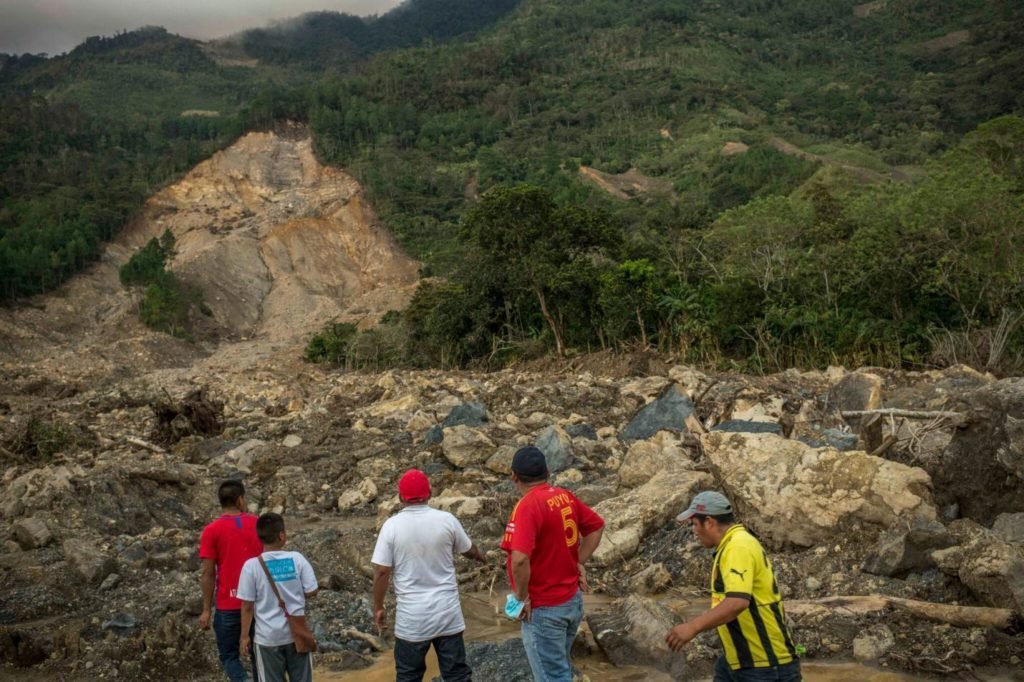
According to foreign media reports, the heavy rainfall brought by the hurricane caused flooding in many cities in Honduras and Guatemala, destroying dozens of bridges, more than 1,400 roads, and flooding Honduras airports.
Food shortage, disease spread, hundreds of thousands of people gathered in shelters
On the day of the hurricane hit, Suke fled for more than four hours with his surviving family to a nearby village where they spent several weeks in a temporary shelter. Last Saturday, local residents robbed the only food in the shelter. Souk didn’t know what to do next. “I’m going to find food for the children. We have nothing.”
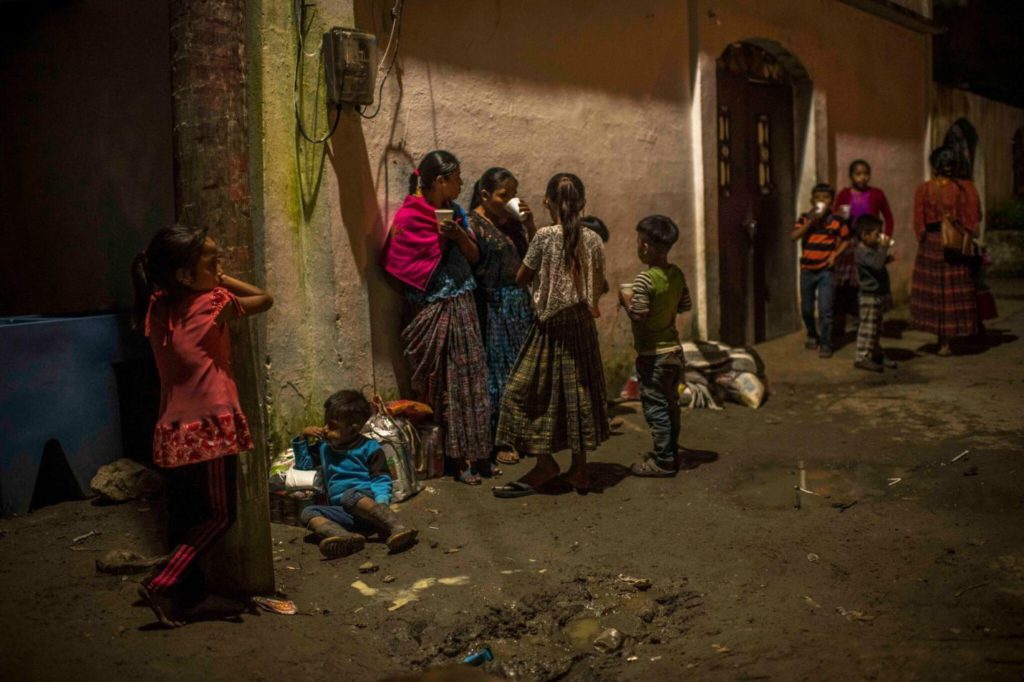
Where to find food, the only thing the villagers can think of is to return home. Although the village of Quega is covered with boulders and the only road to the village is full of mud, they have no choice but to risk their lives to return home and look for the food left in the ruins.
Garcia, a villager, has swam through a muddy waterway to pick up food for the neighbors. He has swam back and forth four times. Garcia pointed to a group of little boys and said, “They must learn and look for food like me.”
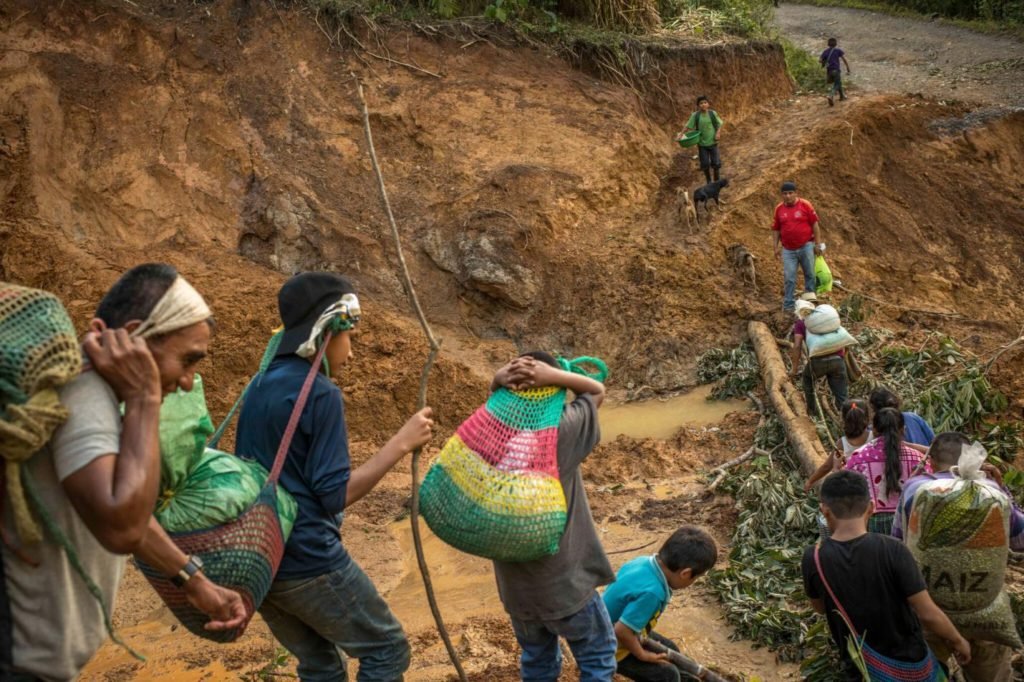
According to the New York Times, hundreds of thousands of people are still crowded in shelters in Guatemala. In addition to the high risk of COVID-19 infection, other diseases caused by lack of food, drinking water and continuous rainfall have also spread rapidly. Influenza, gastritis, fungal infections and other diseases are very common among refugees.
Refugees fled north. The local government requested international assistance.
In search of a new way to live, a large number of refugees began to flee north, hoping to cross Mexico and reach the United States. Refugees squeezed into handmade rafts and crossed the huge lake caused by the storm. In order to pass through a wide river, they jumped into a barbed wire basket connected with high-altitude sliding ropes, which was a bridge in Guatemala before the hurricane hit.
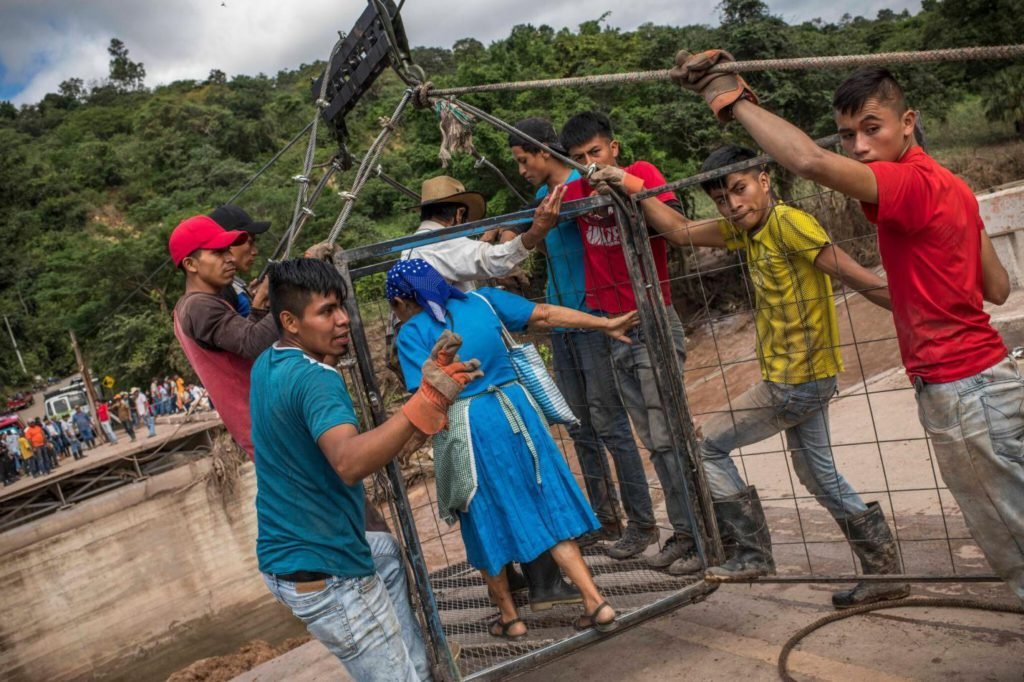
At present, the Guatemalan and Honduras authorities admit that they are unable to cope with the huge disaster caused by the hurricane.
Leaders of the two countries called on the United Nations to declare Central America the region most affected by climate change, because global warming has caused sea temperatures to rise, hurricanes have become more violent, and heavy rainfall has become more destructive.
Guatemalan President Alejandro Jammaty requested more international assistance: “Hunger, poverty and disaster ensue, and if we don’t want to see groups of Central Americans flee to other countries, we must save ourselves in Central America.”
The President of Guatemala also requested the United States to suspend the repatriation process of illegal immigrants from Guatemala for humanitarian reasons, because their hometowns are facing natural disasters.
“The damage of this disaster is unprecedented,” said Gen. Craig Fall, the head of the U.S. Southern Command. “The severe blow of the coronavirus, coupled with these two large-scale hurricanes, is estimated that it will take a decade for the region to recover.”
